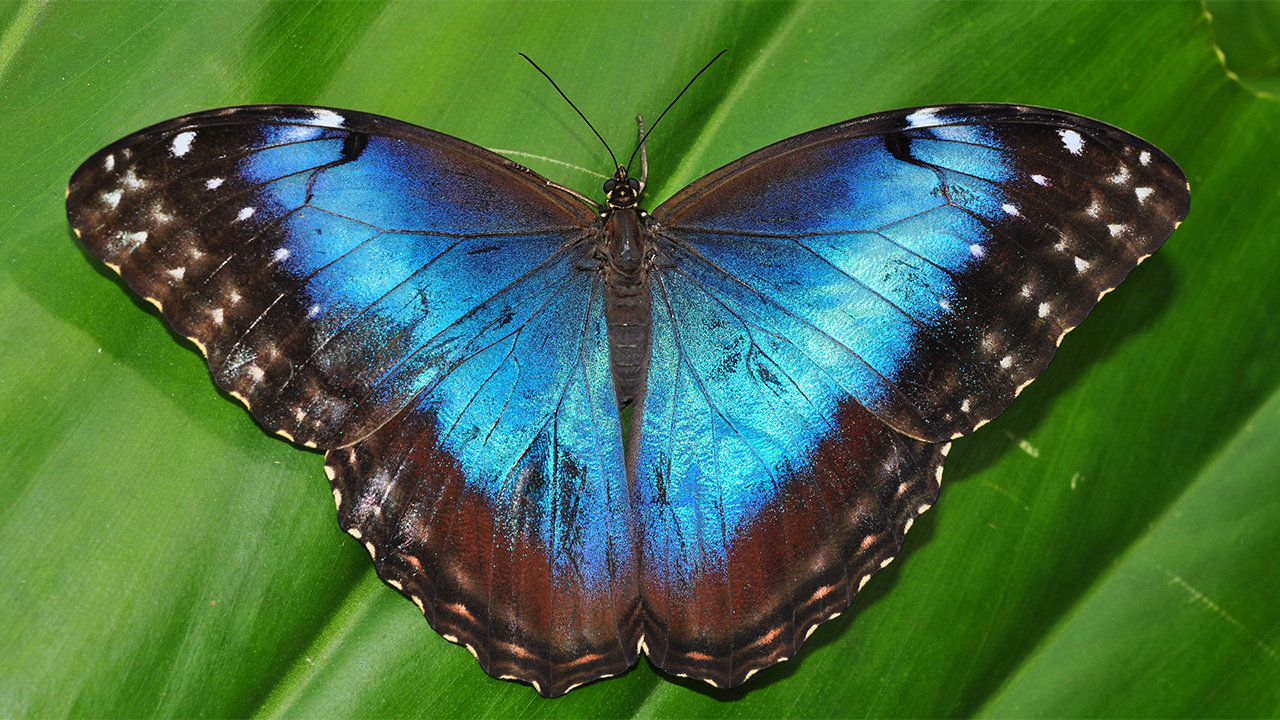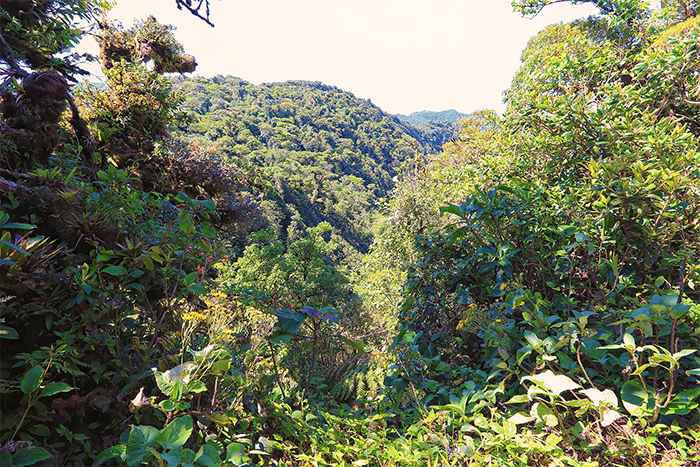Nestled between the Caribbean Sea and the Pacific Ocean, Costa Rica stands out for its staggering biodiversity, particularly its wide array of butterfly species.
Home to over 1,200 different kinds of butterflies, the country offers some of the richest habitats in the world for these colorful insects.
Among the many species, the dazzling blue morpho (Morpho peleides) is one of the most beautiful. Its wings, a vivid, shimmering blue, captivate those fortunate enough to see it glide through the rainforest.
Equally captivating is the glasswing butterfly (Greta oto), famed for its nearly invisible wings, which allow it to hide in plain sight from predators.
The diet of these butterflies is intricately linked to the flora of Costa Rica. Butterflies depend on a variety of plants not just for nectar, but also as host plants for their larvae.
The passion flower vine, of which the country has 52 species, is a crucial part of the life cycle of many butterfly species, providing a safe haven for eggs and food for the emerging caterpillars.
This interdependence highlights the complexity of Costa Rican ecosystems and the delicate balance maintained within them.
Costa Rica’s vast network of national parks and private reserves, including the Monteverde Cloud Forest Reserve and La Paz Waterfall Gardens, provide crucial sanctuaries where these butterflies can thrive.
These protected areas not only support diverse butterfly populations but also draw researchers and tourists eager to glimpse these insects in their natural environments.
The study of butterflies in Costa Rica contributes significantly to our understanding of biodiversity and ecosystem health.
Researchers focus on aspects such as migration patterns and breeding habits, which are essential for sustaining butterfly populations.
Butterfly watching is a popular activity that enhances Costa Rica’s eco-tourism, highlighting the importance of protecting these creatures.
Educational initiatives teach visitors about butterfly life cycles and ecological roles, emphasizing conservation’s role in preserving such extraordinary biodiversity.
Discover Beautiful Flowers, Expert Gardening Tips & Interesting Plant Science!
By submitting this form, you are consenting to receive marketing emails from: . You can revoke your consent to receive emails at any time by using the SafeUnsubscribe® link, found at the bottom of every email. Emails are serviced by Constant Contact

About The Author
John Bagnasco has been in the gardening industry for over 50 years, starting with a horticulture degree from Michigan State University and following a stint at Frank’s Nursery and Crafts in Detroit.
After publishing his first book “Plants for the Home Vol. I” in 1976, he moved to California to become regional manager and buyer for the Nurseryland division of Sunbelt Nursery Group.
He then became the head buyer for Armstrong Garden Centers based in Glendora, California. John had a part-time affiliation with Creative Promotions for ten years before joining them full-time in October 2000 as a senior editor and radio personality for Garden Compass.
John has also taught horticulture classes at Palomar College and San Diego State University.
He is the host of the DVD “The Essential Guide to Roses,” which also features Bryan Main and Bruce and Sharon Asakawa.
His most recent book is “Planting Designs for Cacti and Succulents”.
Currently, John is a co-host on “Garden America,” an interactive live gardening show that additionally provides podcasts of the broadcasts accessible on all major platforms.
You can contact John here.


